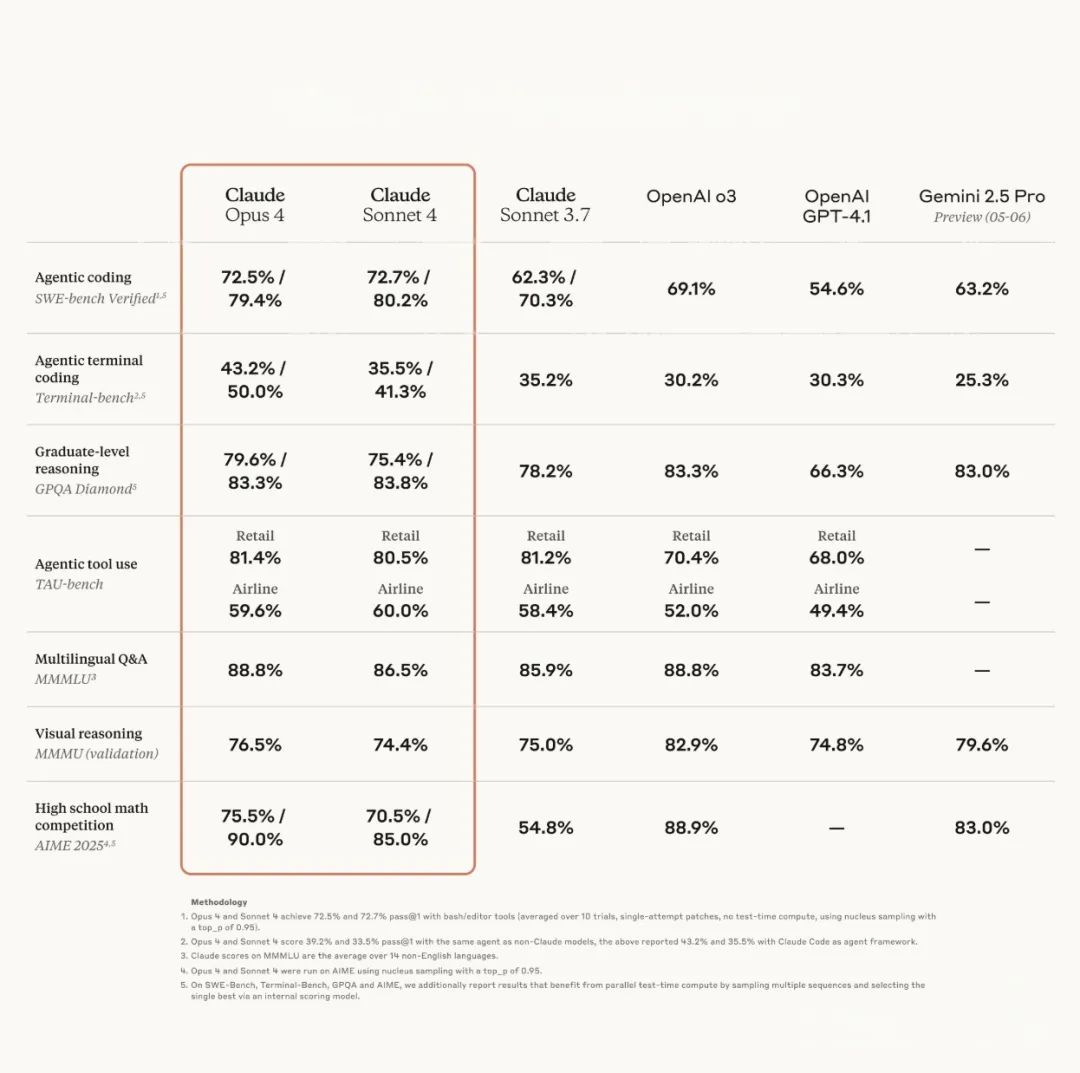A reasoning engine is a computer program designed to apply logic and inference rules to a dataset, enabling it to make new inferences or decisions. In this article, we’ll explore how reasoning engines function, the principles they operate on, and their real-world applications.
What is a Reasoning Engine?
A reasoning engine is a core component of artificial intelligence solutions, utilizing formal logic and inference mechanisms to deduce information and solve complex issues. It processes structured data—such as rules and facts—to generate new knowledge or make informed decisions. The primary function of a reasoning engine is to enable machines to perform human-like reasoning, bridging the gap between raw data and actionable intelligence.
Reasoning engines use rule-based or probabilistic techniques and are crucial in areas like artificial intelligence and computational modeling. They are key components of expert systems, natural language processing, and decision- support systems, addressing sophisticated problems in fields such as healthcare, finance, and autonomous systems.
Core Elements of a Reasoning Engine
A reasoning engine comprises several key components that work together to handle data and generate useful insights. Understanding these elements is crucial to grasp the inner workings of reasoning engines and their applications.
Knowledge Base
The knowledge base is the repository of information used by the reasoning engine to draw conclusions. It contains facts, rules, and heuristics, structured for rapid and efficient access during reasoning. This component is usually domain-specific, tailored to meet the application’s requirements. An organized knowledge base is essential for obtaining accurate and reliable solutions or making decisions.
Inference Engine
The inference engine is the primary computational component of a reasoning engine. It identifies patterns and applies logical rules in the knowledge base to produce new information or conclusions. Techniques like forward chaining or backward chaining facilitate an efficient and structured reasoning process. The accuracy and efficiency of the inference engine significantly influence the effectiveness of the entire reasoning engine in tackling complex situations.
User Interface
The user interface serves as the communication link between the reasoning engine and the end user. It allows users to input queries, view answers, and interact with the system intuitively. An intuitive user interface enhances the usability of the reasoning engine, making sophisticated computational processes accessible even to those without technical expertise. It ensures that the reasoning engine provides insights in a clear and actionable format, tailored to the user’s needs.
Types of Reasoning Engines

Each type of reasoning engine offers unique advantages and applications, catering to specific domains and problems.
Rule-Based Reasoning Engine
A rule-based reasoning system applies “if-then” rules to draw conclusions from an existing knowledge base. It works by applying the rules sequentially to existing facts, simulating human decision-making processes methodically. Rule- based systems are widely used in expert systems and diagnostics, providing clear, structured outputs for decision-making.
Forward-Chaining Engine
A forward-chaining engine starts with a known set of facts and uses inference rules to discover new facts step-by-step. Forward chaining continues until the intended goal is achieved. It is typically used in planning and real-time systems, where incremental discoveries lead to solutions in dynamic environments.
Backward-Chaining Engine
In contrast to forward chaining, a backward-chaining engine begins with a given objective and traces its path back to identify the proof or causes validating it. It is mostly utilized in troubleshooting and diagnosis, where determining root causes is necessary. By focusing on the goal, backward- chaining engines efficiently eliminate redundant reasoning steps.
Deductive Reasoning
A deductive reasoning system is based on top-down logic, deriving conclusions logically from established premises. Such reasoning is guaranteed to be correct as long as the original premises are true. Deductive reasoning systems excel in applications where absolute conclusions are required, such as theorem proving and formal logic analysis.
Fuzzy Logic Engine
Fuzzy logic processors handle imprecise or fuzzy information by evaluating data in degrees of truth, rather than relying on binary logic. This capability makes them valuable in environments requiring nuanced reasoning, such as control systems, artificial intelligence, and robotics, where binary distinctions may not apply.
Bayesian Reasoning Engine
A Bayesian reasoning engine uses probabilistic inference based on Bayes' theorem to update beliefs as evidence emerges. Its adaptability allows it to cope with uncertainty and predict with certainty. Bayesian engines are central to predictive analytics, machine learning, and decision-making under uncertainty applications.
Applications of Reasoning Engines
Reasoning engines have numerous use cases across various industries, demonstrating their versatility and impact:
Medical Diagnosis
Reasoning engines are crucial in supporting healthcare professionals in diagnosing illnesses and suggesting treatments. For instance, platforms like IBM’s Watson for Health use reasoning engines to process patient information, medical literature, and clinical guidelines to propose possible diagnoses and personalized treatment plans. Their ability to handle large datasets and manage uncertainty ensures more accurate and timely decision-making in high- stakes situations.
Robotics

In robotics, reasoning engines enable machines to make intelligent decisions in changing environments. Autonomous robots use reasoning systems to interpret sensor data and plan actions. For example, NASA’s Mars rovers use reasoning engines to autonomously analyze terrain, choose safe routes, and conduct scientific experiments, all while facing unpredictable conditions on another planet.
Decision Support Systems
Industries such as logistics, finance, and customer services heavily rely on decision support systems powered by reasoning engines. These systems interpret complex data to provide actionable information, streamline processes, and assist human decision-making. Microsoft’s Azure Machine Learning platform is a notable example, where reasoning capabilities support predictive maintenance, risk management, and supply chain optimization.
Fraud Detection
Banks use reasoning engines to detect and prevent fraud in real-time. These systems analyze transaction behaviors, flag anomalies, and assess risks using sophisticated algorithms. For instance, PayPal employs reasoning and AI platforms to enhance security and protect users’ financial transactions from fraud.
Conclusion
Reasoning engines are integral to technological advancements across various sectors, driving innovation, efficiency, and safety. From enhancing autonomous vehicles to improving fraud prevention systems, their ability to process and analyze complex data enables smarter decision-making. As these systems continue to evolve, they hold immense potential to revolutionize industries and improve our daily lives. By leveraging reasoning engines responsibly, we can shape a future defined by intelligent, adaptive, and highly efficient technologies.
 zfn9
zfn9












